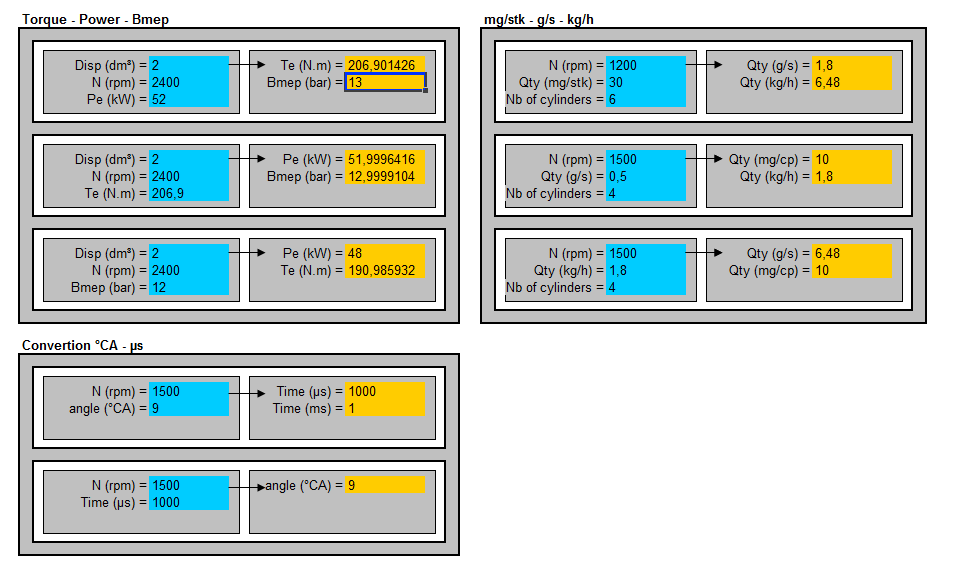At the Consumer Electronics Show (CES 2015) in Las Vegas from 6 to 9 January 2015, automotive manufacturers and suppliers present several technologies and concepts that showcase the kind of connected solutions we can expect in the future. Here are some of them:
BMW connected lighting
The Laserlight technology has made its production car debut in the BMW i8. At up to 600 meters, the range of BMW laser lighting is more than twice that of conventional headlights. At the CES 2015, BMW Laserlight now displays its credentials as an intelligent lighting system thanks to being linked up to cameras, sensors and driver assistance systems, opening up the prospect of several new functions in the future.
BMW also presented tail lights featuring OLED technology with its BMW Vision Future Luxury concept unveiled in 2014. By contrast with LEDs, which are a point light source, OLEDs (organic light-emitting diodes) generate a uniform light across their entire surface. The elements are very thin at 1.4 millimeters in thickness. This allows individual modules to be activated separately and opens up new possibilities for the design of rear lights.
In presenting its BMW Organic Light with OLED technology in Las Vegas, BMW reveals a glimpse of the potential offered by this innovative technology.
Visteon’s Advanced Connectivity Solutions in Multiple Vehicles
Visteon Corporation will showcase advanced technology in three different passenger cars to demonstrate how it can increase a vehicle’s value throughout its lifecycle by reducing warranty costs and enhancing the driving experience.
The consumer-focused vehicle addresses consumer trends in infotainment including mass customization, place/time shifting of content and ubiquitous connectivity to Cloud services. Factory-provided and portable connectivity methods provide real-time data services that today’s drivers crave, such as news, traffic and weather. The vehicle highlights a secure way to upgrade the infotainment system to include a smartphone connectivity solution.
The automaker-focused vehicle demonstrates Visteon’s collaboration with Verizon to illustrate the connected benefits to auto manufacturers. By utilizing Verizon’s LTE Multicast technology, automakers can simultaneously transmit Firmware Over-the-Air updates to vehicles in an entire fleet, manufacturing plant or region. The Visteon Connected Vehicle Hub coordinates and manages software levels and can upgrade every electronic module in the vehicle, including its next-generation reconfigurable instrument cluster platform – LightScape™ D3.1 – and infotainment system – OpenAir™ I1.3.
The dual-focused vehicle allows owners to bring their already installed apps and user settings from one vehicle to another. Additionally, the vehicle software learns owner preferences and makes improvements and enhancements to the user interface, further extending the personalized experience. These capabilities open up new revenue streams for automakers and provide a means to safely upgrade new features and integrated connected apps.
Hyundai augmented reality head-up display and wearables
Basic Head-Up Displays (HUD) appeared in cars the late 1980s, when they only offered the speedometer as a virtual image projected onto the windshield. This virtual image helped drivers to keep their eyes on the road. The futuristic HUD found inside the 2015 Genesis includes driving information, such as Smart Cruise Control status, navigation, Blind Spot Detection, and Forward Collision and Lane Departure Warnings. All this information is projected at a perceived virtual distance approximately six feet ahead of the driver for maximum legibility while driving.
At CES 2015, Hyundai is showcasing a production-ready augmented reality HUD concept. This system presents more driver information in the form of animations, which describe road conditions ahead. On the augmented reality HUD, drivers will see warnings when a car is about to unexpectedly enter their lane, arrows leading to exit ramps, highlighted street signs, Smart Cruise Control distance bars and one-way street markings.[image_frame style=”framed_shadow” align=”center” alt=”Hyundai’s Head-Up Display” title=” On the augmented reality HUD, drivers will see warnings when a car is about to unexpectedly enter their lane, arrows leading to exit ramps, highlighted street signs, Smart Cruise Control distance bars and one-way street markings”]https://www.car-engineer.com/wp-content/uploads/2015/01/Hyundais-Head-Up-Display.jpg[/image_frame]
Hyundai has also linked the augmented HUD to a wearable band. This band will vibrate when the Lane Departure Warning System is activated or when the car is about to unexpectedly enter the driver’s lane. It is also a heart rate monitor that can notify 911 if a driver’s heart rate changes rapidly.
NVIDIA DRIVE Automotive Computers
NVIDIA today introduced at the CES 2015 NVIDIA DRIVE™ automotive computers – equipped with capabilities for computer vision, deep learning and advanced cockpit visualization.
NVIDIA will offer two car computers: NVIDIA DRIVE PX, for developing auto-pilot capabilities, and NVIDIA DRIVE CX, for creating advanced digital cockpit systems. These automotive-grade in-vehicle computers are based on the same architecture used in today’s supercomputers.
“Mobile supercomputing will be central to tomorrow’s car,” said Jen-Hsun Huang, CEO and co-founder, NVIDIA. “With vast arrays of cameras and displays, cars of the future will see and increasingly understand their surroundings. Whether finding their way back to you from a parking spot or using situational awareness to keep out of harm’s way, future cars will do many amazing, seemingly intelligent things. Advances in computer vision, deep learning and graphics have finally put this dream within reach.”
NVIDIA DRIVE PX
The NVIDIA DRIVE PX auto-pilot development platform provides the technical foundation for cars with new features that draw heavily on recent developments in computer vision and deep learning.
DRIVE PX leverages the new NVIDIA® Tegra® X1 mobile super chip, which is built on NVIDIA’s latest Maxwell™ GPU architecture and delivers over one teraflops of processing power. DRIVE PX, featuring two Tegra X1 super chips, has inputs for up to 12 high-resolution cameras, and can process up to 1.3 gigapixels per second.[image_frame style=”framed_shadow” align=”center” alt=”NVIDIA DRIVE PX” title=”The NVIDIA DRIVE PX auto-pilot development platform provides the technical foundation for cars with new features”]https://www.car-engineer.com/wp-content/uploads/2015/01/NVIDIA-DRIVE-PX.jpg[/image_frame]
Its computer vision capabilities can enable Auto-Valet, allowing a car to find a parking space and park itself, without human intervention. While current systems offer assisted parallel parking in a specific spot, NVIDIA DRIVE PX can allow a car to discover open spaces in a crowded parking garage, park autonomously and then later return to pick up its driver when summoned from a smartphone.
The deep learning capabilities of DRIVE PX enable a car to learn to differentiate various types of vehicles – for example, discerning an ambulance from a delivery van, a police car from a regular sedan, or a parked car from one about to pull into traffic. As a result, a self-driving car can detect subtle details and react to the nuances of each situation, like a human driver.
NVIDIA DRIVE CX
The NVIDIA DRIVE CX cockpit computer is a complete solution with hardware and software to enable advanced graphics and computer vision for navigation, infotainment, digital instrument clusters and driver monitoring. It also enables Surround-Vision, which provides an undistorted top-down, 360-degree view of the car in real time – solving the problem of blind spots.[image_frame style=”framed_shadow” align=”center” alt=”NVIDIA DRIVE CX” title=”The NVIDIA DRIVE CX cockpit computer is a complete solution with hardware and software to enable advanced graphics and computer vision for navigation, infotainment, digital instrument clusters and driver monitoring”]https://www.car-engineer.com/wp-content/uploads/2015/01/NVIDIA-DRIVE-CX.jpg[/image_frame]
Available with either Tegra X1 or Tegra K1 processors, the DRIVE CX can power up to 16.8 million pixels on multiple displays.




















